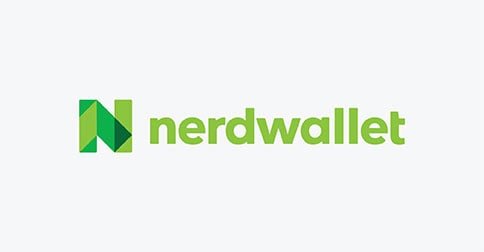The average cost for solar panels in Illinois is $35,236 before any federal tax incentives, dropping to an average of $24,665 after they’re applied. Illinois offers many incentive programs in addition to federal tax incentives for installing solar panels.
Illinois Solar For All helps low-income households add solar panels to their roofs, typically for no upfront cost
. Illinois Shines provides an incentive upfront by purchasing solar renewable energy certificates (SRECs) from solar panel owners
. Although the typical cost of solar installations in Illinois is higher than the national average (see the table below), these programs often make solar panels in Illinois much more affordable and may create a faster payback rate than in many other states.
BW’s Top Solar Companies
Robust warranties as affordable prices.
Solar costs in Illinois at a glance
|
Average cost of home solar system before federal solar tax credit
|
||
|
Average cost of home solar system after federal solar tax credit
|
||
|
Source: EnergySage, a solar and home energy product comparison marketplace. Data is from January 29, 2025.
|
||
Illinois implemented a new net metering method in January 2025 that reduces the value of utility credits that utility companies pay homeowners for their extra solar power
.
Net metering is an agreement in which utility companies give homeowners credits for the excess solar electricity they generate and send to the power grid. Generally, these credits apply toward the electricity bill that homeowners generate when they pull electricity from the power grid.
Before 2025, Illinois utility companies provided homeowners with net metering credits that were worth the same amount as what a homeowner paid for electricity — one credit paid for one kilowatt hour
. In other words, for every kilowatt hour a homeowner sent to the grid, they received a free kilowatt hour of electricity in return.
The changes that took effect in January 2025 reduce how much credit homeowners get per kilowatt hour of returned electricity. They also require homeowners to pay additional fees on every kilowatt hour, regardless of how much additional solar power they produce.
Qualifying solar energy systems that requested permission to operate before January 1, 2025, can use the original net metering method. Systems that request permission to operate after December 31, 2024 qualify only for the new net metering method.
Illinois solar tax incentives and rebates
Smart inverter rebate
ComEd and Ameren customers who install a smart solar inverter may qualify for a rebate of $300 per kW for solar power system and/or battery storage they install
. For example, a customer with a 10 kW solar energy system with a battery that can store 5 kW may get a $3,000 rebate for the system and a $1,500 rebate for the battery storage.
Illinois Solar For All
This program assists homeowners and renters who meet income requirements by eliminating down payments and limiting certain costs and fees for lower-income households throughout the life of the system. Households must earn 80% or less of the area median income to qualify
.
Illinois Shines
This program provides homeowners with discounted costs for purchasing, leasing or installing a solar energy system. Homeowners who use solar power systems qualify for SRECs, which are tied to the amount of solar energy their systems produce.
Participants agree to transfer their SRECs to their chosen solar vendors for discounted prices at different stages of the solar process. The vendors then sell these SRECs to utilities.
Illinois offers a property tax exemption for qualifying residential solar energy systems, meaning homeowners who qualify won’t have to pay more in property taxes when they add a solar energy system to their homes. In addition to tax incentives and rebates, financing options are available for solar panel systems. Many solar installers offer financing, and homeowners may also be able to finance their solar investment through a home equity loan or home equity line of credit (HELOC). These options may have lower interest rates than financing with an installer, future opportunities for refinancing, and possible tax benefits. Home equity loans and HELOCs allow homeowners to borrow against the value of their homes, converting equity into cash. With a home equity loan, homeowners receive a lump-sum payment and pay it back at a fixed interest rate over an agreed period of time. HELOCs function more like a credit card, allowing homeowners to use funds as needed. These options use the home as collateral. Solar loans are another financing option offered by banks, credit unions, and online lenders, with amounts typically ranging from $1,000 to $100,000 and APRs ranging from 6% to 36%. Solar loans function like personal loans, with borrowers receiving a lump sum and repaying it in equal monthly installments over a set period, typically two to seven years. Unlike home equity financing, solar loans do not require collateral, meaning the home or solar panels are not at risk if payments are missed, but late fees may apply. If you decide to take this path, make sure to compare interest rates, terms, and fees with any financing package that a solar provider may offer you to ensure you secure the best deal. This will help you make an informed decision and maximize your savings in the long run. sentence to make it more concise: “The book is about a young girl who discovers she has magical powers.”
“The book follows a young girl who discovers her magical abilities.”

